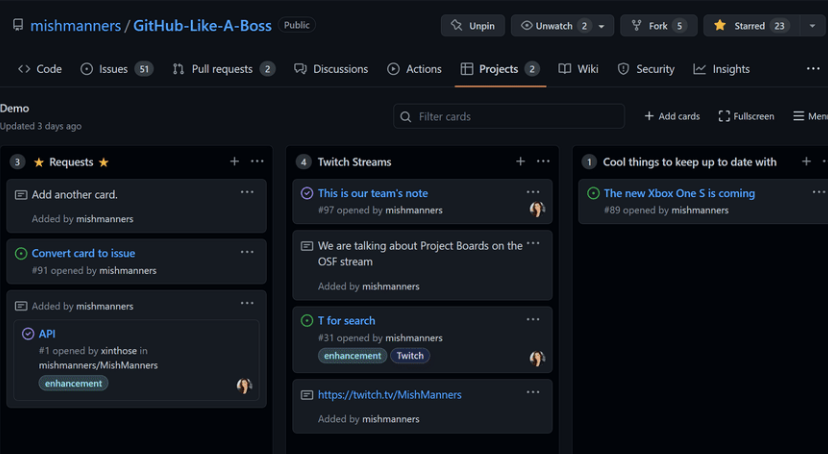GitHub, a popular web-based hosting service for version control using Git, has long been synonymous with coding and software development. With its robust features and collaborative environment, GitHub has become the go-to platform for developers to share, collaborate, and manage their code repositories. However, to label GitHub as solely a coding platform would be a narrow view of its capabilities. In reality, GitHub has evolved to serve a broader purpose beyond coding and has found utility in various domains. In this article, we will explore the diverse applications of GitHub that extend beyond the realm of coding.
One area where GitHub has gained traction outside of coding is in the realm of documentation. Documentation is a vital component of any project, whether it's a software application or a research paper. GitHub provides a user-friendly interface for managing and versioning documentation, making it an excellent tool for technical writers and documentation teams. By leveraging GitHub's features such as pull requests, issues, and collaborative editing, teams can work together seamlessly to create, review, and publish high-quality documentation.
Another non-coding application of GitHub is in the field of data science and machine learning. Data scientists often work with large datasets and complex models, and GitHub offers a platform for versioning and sharing these resources. By hosting Jupyter notebooks, data scientists can showcase their research, share their findings, and collaborate with peers. GitHub's integration with popular data science libraries like TensorFlow and PyTorch further enhances its utility in this domain, allowing researchers to build upon existing work and contribute to the community.
Beyond technical documentation and data science, GitHub has found relevance in project management and task tracking. Many organizations, regardless of their industry, utilize GitHub's issue tracking system to manage tasks, assign responsibilities, and track progress.http://iptv28.com/. This approach allows for transparency, accountability, and effective collaboration within teams. Additionally, the use of labels, milestones, and project boards enables project managers to organize and prioritize work effectively.

Moreover, GitHub has become a hub for open-source communities. Open-source software development relies heavily on collaboration and contribution from developers worldwide. GitHub's platform facilitates this process by providing a centralized location for hosting open-source projects. Developers can easily fork, modify, and contribute to existing projects, fostering a spirit of collaboration and innovation. This collaborative nature of GitHub extends to non-coding disciplines as well. For instance, artists and designers can leverage GitHub to share and collaborate on graphic assets, design templates, and creative projects.
Furthermore, GitHub's continuous integration and deployment (CI/CD) features make it a valuable tool for automating workflows and ensuring software quality. While CI/CD is traditionally associated with coding and software development, its principles can be applied to various domains. For instance, content creators can use GitHub Actions to automate the process of generating and publishing blog posts or articles. By leveraging GitHub's powerful ecosystem of plugins and integrations, users can create custom workflows that suit their specific needs.
In conclusion, while GitHub is widely recognized as a coding platform, its applications extend far beyond the realm of coding. The platform's versatility, collaborative features, and integrations have made it a valuable tool in domains such as documentation, data science, project management, open-source communities, and workflow automation. As GitHub continues to evolve, it is likely to find even more diverse applications, making it an indispensable tool for individuals and teams across various disciplines. So, the next time you think of GitHub, remember that it is not just for coding, but a versatile platform that empowers collaboration and innovation across multiple domains.
